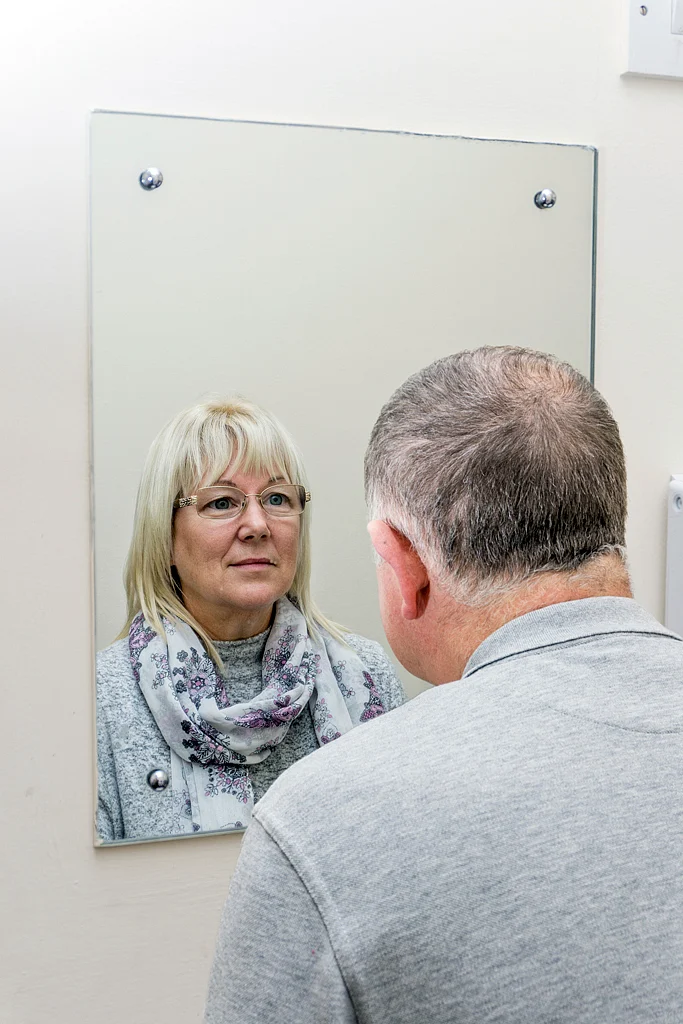Whoever said the pen is mightier than the sword certainly knew what they were talking about. Language is so much more than simply a means to communicate. The amount of power language holds can shape one’s beliefs, behaviour and ultimately, actions. They can spark revolutions or bring peace to conflicting parties.

This year, 14-21 November is being celebrated as Transgender Awareness Week. On the very first day of this concerted effort to expand our understanding of gender identity/expression, it is crucial to arm oneself with a vocabulary devoid of prejudice and judgement against those who do not fit into neat little boxes called ‘male’ and ‘female’.
Some Basic Concepts
Agender Individuals: People who identify as genderless/gender-neutral.
Cisgender Individuals: People who identify with the gender that was assigned to them at birth. Being cisgender comes with a privilege unfairly granted by society; the same privilege white men or heterosexuals enjoy.
Transsexual People: Individuals whose gender identity is different from their assigned gender at birth. They often undergo hormone treatments and/or gender affirming surgeries to align their anatomy and identity, but not all want or have the means to do so.
Gender identity or what gender a person feels like or relates to is completely internal and may not be congruous with external gender-related anatomy.
Genderqueer Individuals: People who identify outside of a gender binary by seeing themselves as neither male nor female, but as a third gender or as gender fluid.

Trans, Trans*, or Transgender People: People whose gender identity and/or expression is different from the gender assigned to them at birth.
This includes people who are transsexual, genderqueer, agender, genderfluid, individuals who cross-dress or dress androgynously, and any other people who cross or traditional gender categories.
Gender Dysphoria: The classification for transsexuality in the American Psychiatric Association’s Diagnostic and Statistical Manual of Mental Disorders as of 2013. Most transsexual people strongly object to being listed in the DSM and their gender expression/identity being seen as a mental disorder.
How it Works:
MTF Individuals (Male-to-female transsexual people, transsexual women, or transwomen):
Rishi was born as a boy, but always identified with being a girl, a woman. Every since childhood, Rishi would prefer the company of little girls, dress like them and be at her happiest best when people loved her for who she felt she was: Rishika.
Rishika rejects being categorised as “MTF” arguing that she has always been female, from Day 0, and she has only decided to make this identity visible to others. (She prefers “FTF”).

Transitioning:
After much bullying in school and violent discrimination from her unsympathetic parents who couldn’t believe their little boy was a “chakka” (a very derogatory word for transgenders), once she was 18, Rishika decided to begin living her life as her “true” gender. She changed her name, altered her legal documents to change her name and began reading about having surgery and hormone treatments to physically look like what she emotionally and mentally felt.
Gender Affirming Surgery:
Finally, after much resolve, Rishika approached a doctor to enlist his help to change her body to conform to who she felt like, not what genitals she was born with. These procedures can include “top surgery” (breast augmentation /removal) and “bottom surgery” (altering genitals). The good doctor gave her some options:
- Optional surgical breast implants
- Vaginoplasty: Construction of a vagina
- Trachea shave: Reducing the size of the Adam’s apple
- Bone restructuring to feminize facial features
- Hair transplants
Note: Parallel term FTM individuals signifies those women who identify or express themselves as male, and who may choose to transition and undergo gender affirming surgery as well. In this case, it includes a bilateral mastectomy (chest reconstruction), panhysterectomy (removal of the ovaries and uterus), and sometimes a phalloplasty (construction of a penis) and scrotoplasty (formation of a scrotum) or ametoidioplasty (restructuring the clitoris).

The More You Know
Intersex: Congenital variations in which development of chromosomal, gonadal, or anatomical sex is atypical.
Crossdressers: People who wear clothing, makeup, etc. that are considered by society to be appropriate for another gender but not one’s own. This is the preferred term over the derogatory “transvestites”.
(Informal) Drag/In Drag: Wearing clothing considered appropriate for another gender.
Hijra: A term used particularly in India and Pakistan to refer to trans women (male-to-female transgender individuals). Mentions of hijras can be found since antiquity, from the time of the Kama Sutra, except now the word is often used in a pejorative way to demean transgenders.
In India, they live in well-defined communities, led by a guru, expanding by "adopting" boys who are in poverty, rejected by, or flee from their family. In some communities, boys undergo an initiation rite called nirwaan, which is the removal of the penis, scrotum and testicles.
Also Read:
(At The Quint, we are answerable only to our audience. Play an active role in shaping our journalism by becoming a member. Because the truth is worth it.)
